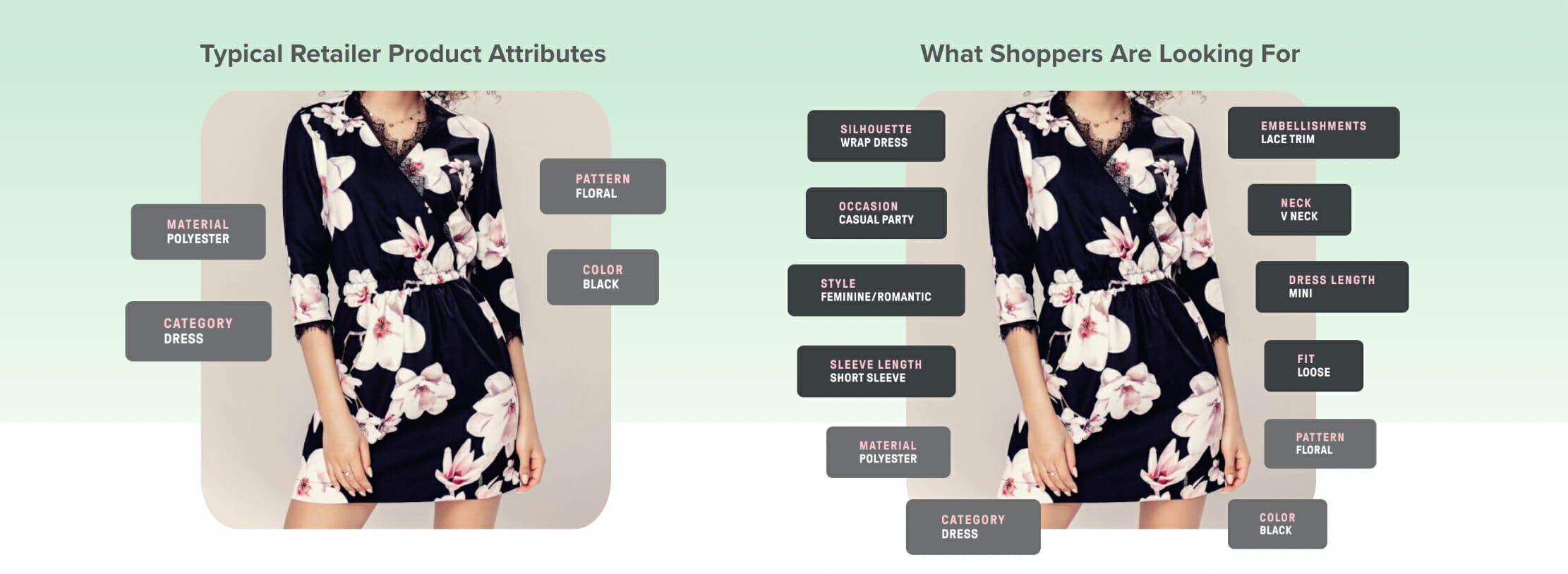
Given all that we know about our modern problems with supply chains, shipping logistics and unpredictable pandemic-driven consumer shopping patterns, it’s no surprise that the world of retail e-commerce demand forecasting has become a bit discombobulated. Yet one of the largest challenges of the demand planning function pre-dates some of our current struggles: an inability to predict demand in a way that ensures the maximum amount of full-margin sales.
Forecasting demand for an item so accurately that you’re able to sell that item at full margin – say, a blouse for the full list price of $135 instead of a marked-down price of $99 – or worse, a “send it to the outlet mall” price of $39.99 – is job number one for the demand planning team. The primary goal is to not take a hit on that margin. In order to do that, most retailers do what anyone would do when faced with uncertainty about what to stock for the next buying season: look at what sold well in the past, and then order more of it; and, if it’s no longer being manufactured, order items as close in style, color and fit to that item as possible.
Of course, there are elements of prediction and trend forecasting involved as well, which are highly qualitative processes that can be sharpened with relevant, customer-centric quantitative data. Let’s talk about that, as it’s key to retailers being positioned to anticipate demand and to eliminate the uncertainty that causes overstocking.
Where Demand Forecasting Breaks Down
What if retailers could increase their full-margin sales by making informed, customer-centric predictions about what shoppers are likely to buy in the coming months? The key to this lies in forecasting demand using a language of customer-driven attributes – not generic, legacy attributes. Generic attributes are those that are “out of the box,” provided directly by the manufacturer, distributor or manually attributed by the end retailer themselves.
Consider a woman’s floral print dress. Merchant-driven attributes will always tell you that it’s “women’s”; it’s a “dress” and it has a “floral pattern”. They will likely provide the colors and the size of the dress as well, but that’s about it. Yet customers in the real world will also sometimes want lacing on that dress, or they’ll have a predetermined sense of their desired cut, fabric content, sleeve length, fabric weight, dress length and whether that floral print dress is intended for a special occasion, such as a day party.
If that floral print dress isn’t attributed correctly right at item set-up, it won’t be easily found in online searches – neither via SEO/SEM nor on-site search, and it won’t be recommended to a consumer who might otherwise love to add it to her online cart. It might not even be ordered for next season, despite its popularity, because merchandise planning and demand forecasting teams thought it was the “floral print” nature of it that drove the sales of it – not the fact that it was lacing embellishment + mini length + short sleeve that actually got customers buying it in stores and online.
Customer-Centered Proxy Products Lead The Way
So that’s the problem in a nutshell. The solution is to expand the attributes assigned to a given product to encompass the language of customers, and not merely the language of merchants. By doing so, you’re increasing your ability to sell those customers what they’re looking for, right now, and decreasing the need to mark that inventory down later.
One key facet to making this work is proxy products, which are products that most resemble those that sold well in the past – this time based on 20-30 customer-centric product attributes, and not only five generic, out-of-the-box product attributes. Just as in the floral print dress example above, a retail e-commerce brand may find available proxy products for something that sold well last year but that is no longer being manufactured. Ordering it because of the confidence instilled by knowing it was the combination of lacing embellishment + mini length + short sleeve that drove sales, thereby increasing the ability to sell the new item at full margin.
Lily AI-powered computer vision gathers proxy products and assigns a similarity value to help retailers accurately forecast demand for brand-new product lines. Fed back into the supply chain, this information helps replace wholesale pre-orders with a leaner, demand-led, made-to-order model that fuels product development with AI to launch lines that are guaranteed to sell out quickly.
Mitigating the Supply Chain Crunch
The supply chain is only as robust as the data that feeds into it at the source. In retail, granular, customer-centered product attributes can help reduce mountains of unsold inventory in the warehouse, while helping retailers reduce assortment complexity, clean up the product catalog, and use data analytics to identify the most profitable SKUs.
Give Your Demand Forecasting a Boost with Lily

